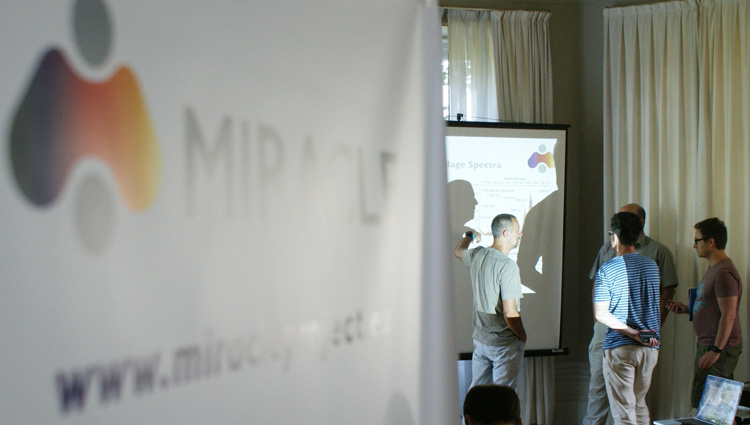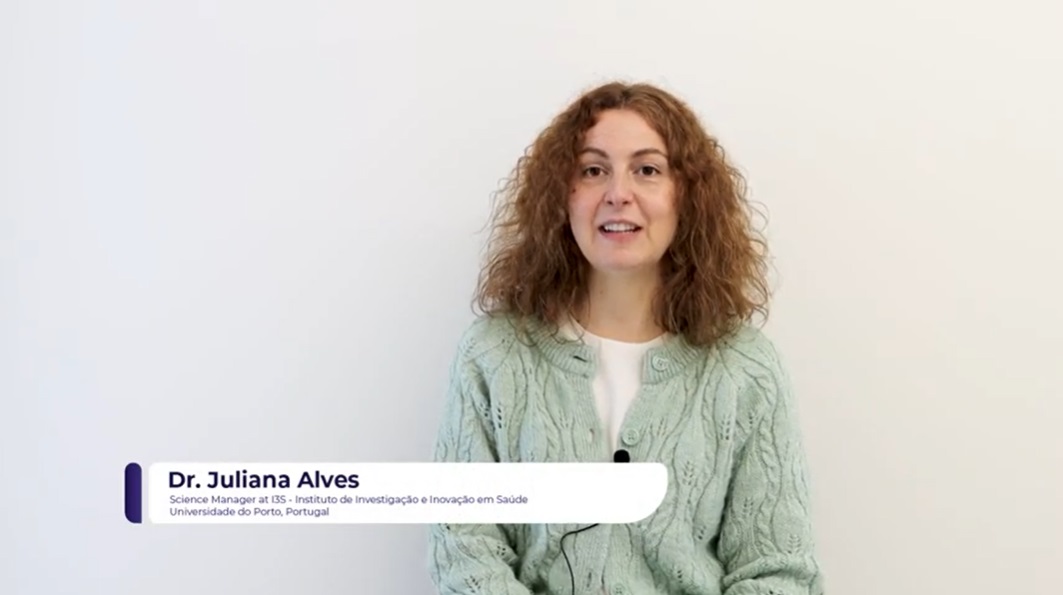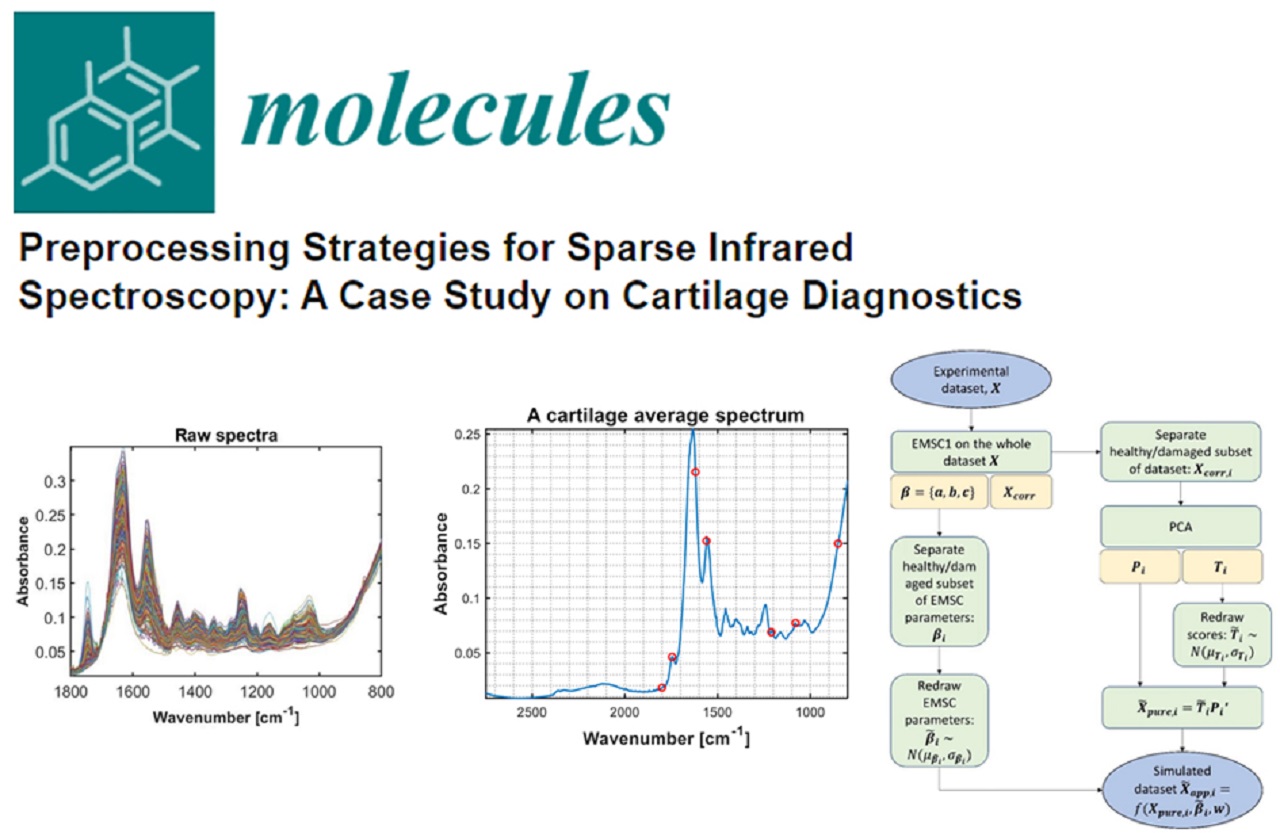The i3S/INEB hosted on the 19th and 20th of June the first progress meeting of MIRACLE, a project that gathers physicists, biomedical and electrotechnical engineers, human and veterinary surgeons, and IT specialists for the development of a novel minimally invasive probe for articular cartilage diagnosis: a last generation arthroscope.
The goal of this interdisciplinary team is to develop the first mid-infrared probe providing biochemical analysis of the knee cartilage, thereby meeting the needs of clinicians. This is not a simple discussion, but the enthusiasm makes it seem easy.
“Producing an arthroscope with these characteristics and the least invasive possible, requires specialists with very different skills and from very diverse areas”, says Gabriela Lorite, the project’s coordinator and a team member of the University of Oulu.
For her, “one of the hardest things is to get these teams from such different backgrounds to speak the same language and work together towards the same end”. That was exactly the goal of the meeting held in Porto: “discuss the problems, find solutions and define the next steps, while maintaining the coherence of the work.

Consortium partners discuss technical aspects of the arthroscope.
To João Cortez, a member of INEB, “the probe we are developing will be used in minimally invasive surgeries, for use in both human and veterinary medicine”. At the moment, decision-making is based on visual inspection and on “manual” evaluation of cartilage through a probe, making it very subjective. Therefore, a mid-infrared arthroscope will allow for an objective and quantitative cartilage evaluation, and more precise diagnosis, thereby greatly aiding in the surgeons’ decision-making process.
The nature of this project is not only technically but also geographically diverse, with teams coming from Finland, Norway, Germany, The Netherlands, Spain and Portugal.
The Portuguese team is involved in the exploitation of the project’s results and, as stated by João Cortez, “many of the components which are being tailored for this arthroscope have an enormous potential to be individually applied to various other technological solutions”.
For that, the consortium also has teams connected to intellectual property management and standardisation.
The arthroscope which is being developed will contribute, for example, to the early diagnosis of osteoarthritis, a degenerative disease affecting 242 million people worldwide, and with a high prevalence in Europe and high costs for healthcare systems.


